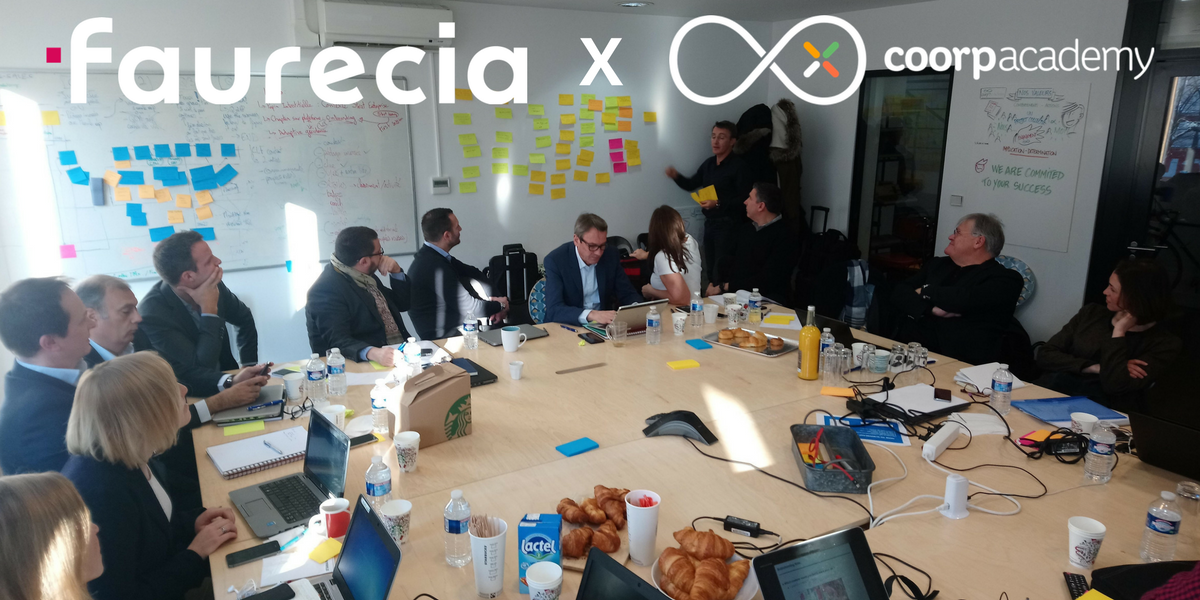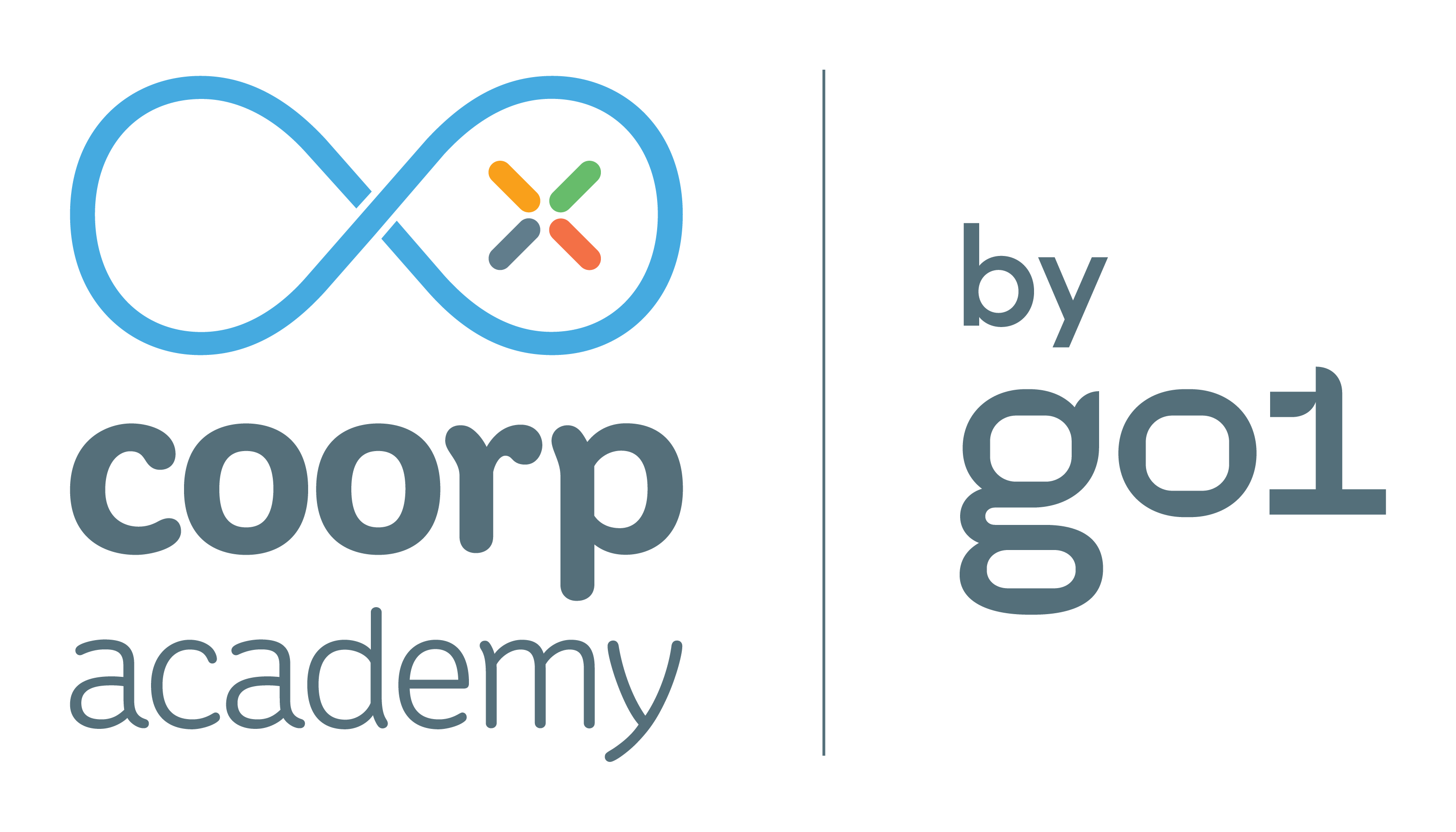Faurecia’s Learning Lab Initiative
Events
 Faurecia is present in 35 countries and employs more than 100,000 people in the world. Faurecia University, its corporate university, aims at preparing its collaborators to the sector’s transformations and to the challenges of tomorrow. And digital is one of them. From that observation, Digital Learning has been conceptualized into the university: the Learning Lab.
Faurecia is present in 35 countries and employs more than 100,000 people in the world. Faurecia University, its corporate university, aims at preparing its collaborators to the sector’s transformations and to the challenges of tomorrow. And digital is one of them. From that observation, Digital Learning has been conceptualized into the university: the Learning Lab.
There are several ideas behind this initiative: (i) to allow employees to train on digital and new technologies, which are considered as key drivers in transformation; (ii) to go away from traditional e-learning, considered as less engaging and displaying limited results in learning; and (iii) to develop the group knowledge amongst collaborator by creating courses on Excellence System, Operations or Ethics.
Coorpacademy has been chosen to lead this initiative. 2 years after, 47,000 employees can train and have access to the platform. A massive access to the whole catalog of courses, with a multi-device approach and unlimited in time; a vast catalog of courses; a fine-tuned user experience, inspired by the gaming universe – these reasons created Faurecia’s employees’ engagement on the platform.
Coorpacademy gives access to more than 100 courses for Faurecia’s collaborators, with proper content and original courses. Jean-Pierre Sounillac, Executive VP Group Human Resources, will say: “Today, you can’t do your job as a Human Resources Director if you haven’t completed all courses from Coorpacademy’s Future of Work and Management & Leadership collections.”
Collaboration between Faurecia and Coorpacademy is at its height. In February 2018, Faurecia’s Group Senior HR Committee was welcomed in Coorpacademy offices for an entire day, dedicated to the Learning Lab. The goal? To allow its collaborators to learn continuously, to develop their soft skills and to become the main actors of their employability.


